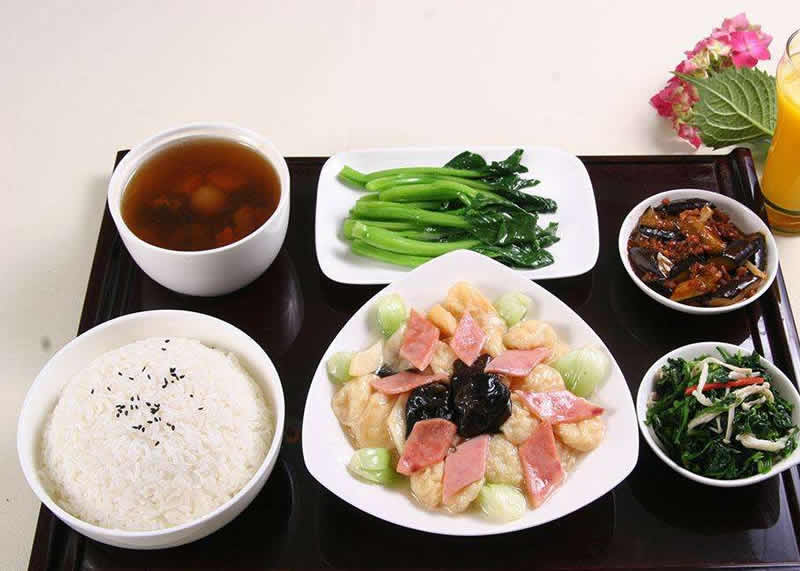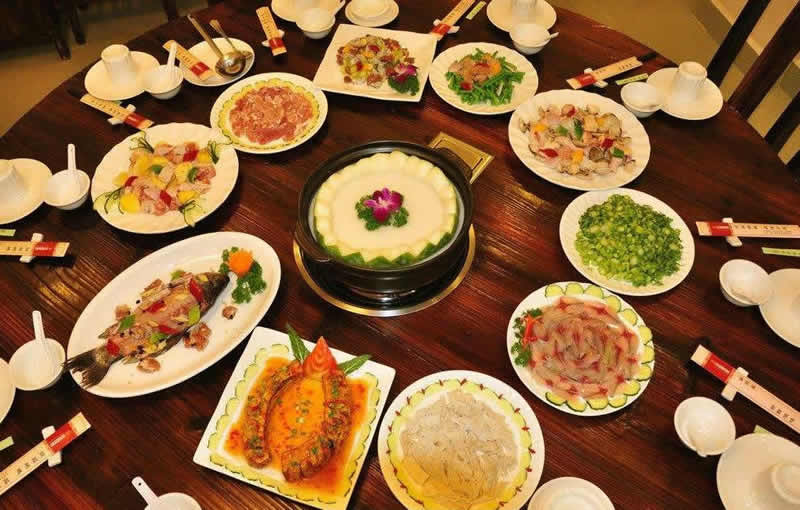The Top 10 Differences Between Chinese and Western Eating
source:Teach Abroad time:2018-11-21 14:21:53 read:5977
Linging in China:
You may have had Chinese food in Chinese restaurants in your country. Have you noticed some differences between Chinese eating and Western eating? Besides chopsticks vs. knives and forks, there are more differences that you may not know...
1. Chinese usually eat communally and share their dishes with others. Westerners usually enjoy individual servings.
2. Chinese cooks chop everything into bite size pieces, thus people don't need knives to cut it, and just pick up their food with chopsticks. Westerners cook food in big pieces and serve it with knives and forks for cutting it up.
3. Chinese usually don't remove bones, and just cut them and the meat into pieces. They cook fish whole. Westerners usually eat filleted fish, and meat with whole bones, or no bones.
4. Chinese always cook vegetables — frying, stewing, boiling, and steaming — sometimes with soy sauce, ginger, and garlic. Western salads, or just boiling vegetables in water, are virtually unknown in China.

5. Ingredients: Chinese cuisine uses many ingredients rarely seen in Western cuisine, like winter melons and yams, tree fungi and lotus pods, frogs and dogs, feet, tongues, ears, and all manner of internal organs, etc.
6. Using spices: Chinese cooks like to add fresh/dried spices when cooking, like ginger, spring onion, mint, pepper, garlic, chilies, etc. Western cooks usually use processed spices like pepper powder, ketchup, etc.
7. Seasoning bottles: You usually won't find any salt, pepper, tomato sauce, or mustard on the table in a Chinese restaurant. But if you have breakfast at a dumpling and steamed bun shop, you can enhance the flavor with soy sauce or vinegar from a bottle poured into a dipping dish.
tea Chinese have fresh fruit or tea after meals.
8. Desserts: Sweet desserts are served after Western dinners, while Chinese have fresh fruit or tea for dessert.
9. Round tables vs. square tables: Chinese traditionally eat at round tables, particularly family meals, as it's convenient to share dishes with others, especially with a lazy Suzy. Roundness symbolizes unity in China. Westerners eat at square tables, which is more convenient for individual meals, with long tables for bigger groups.

10. Cooking methods: Where Westerners limit themselves to boiling, frying, roasting, and baking usually, Chinese use more methods of cooking, like steaming, stewing, sautéing, braising, and quick-frying with a wok. Chinese usually use animal/peanut oil to fry food; Westerners use more butter, sunflower oil, and olive oil.


